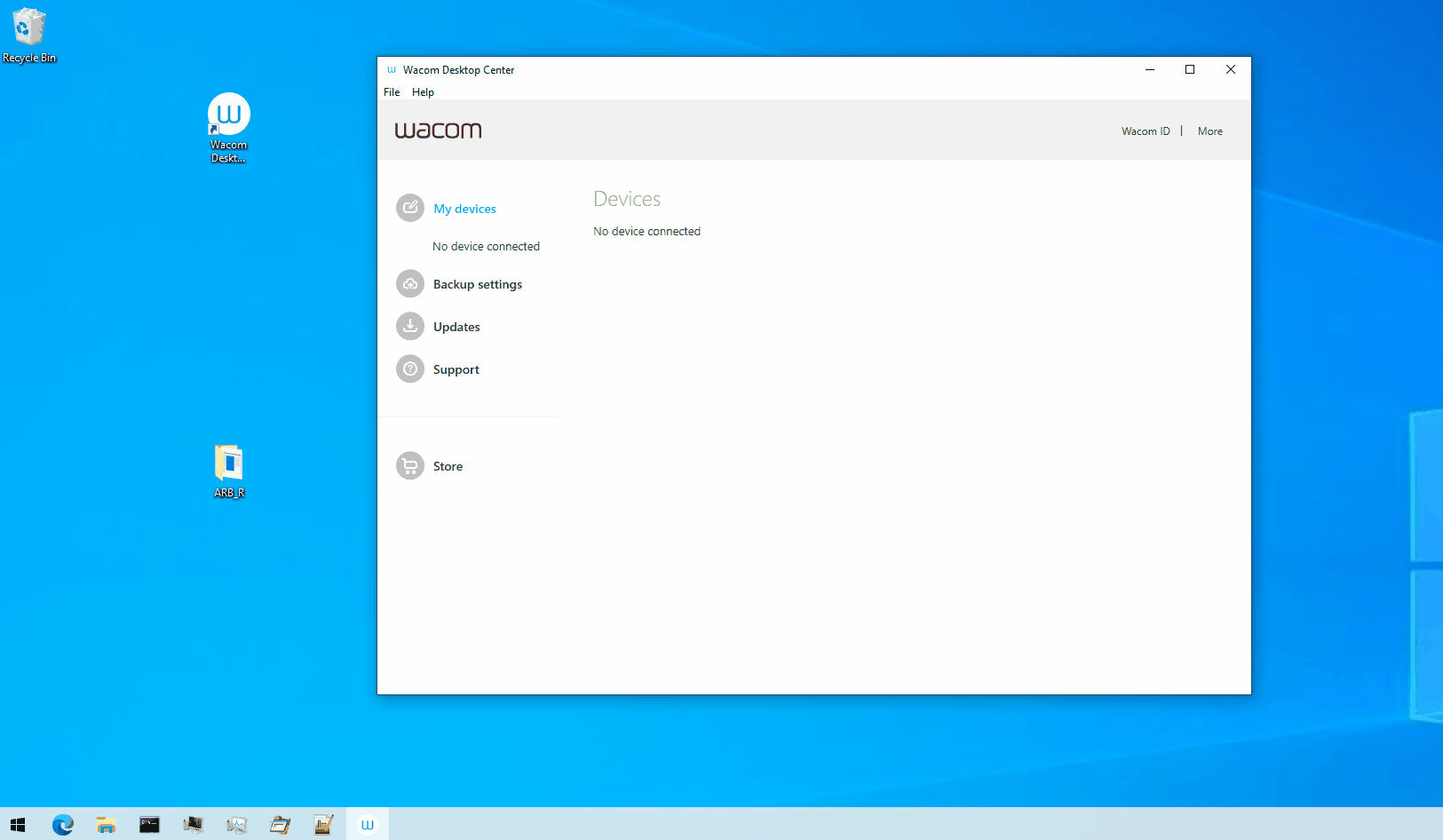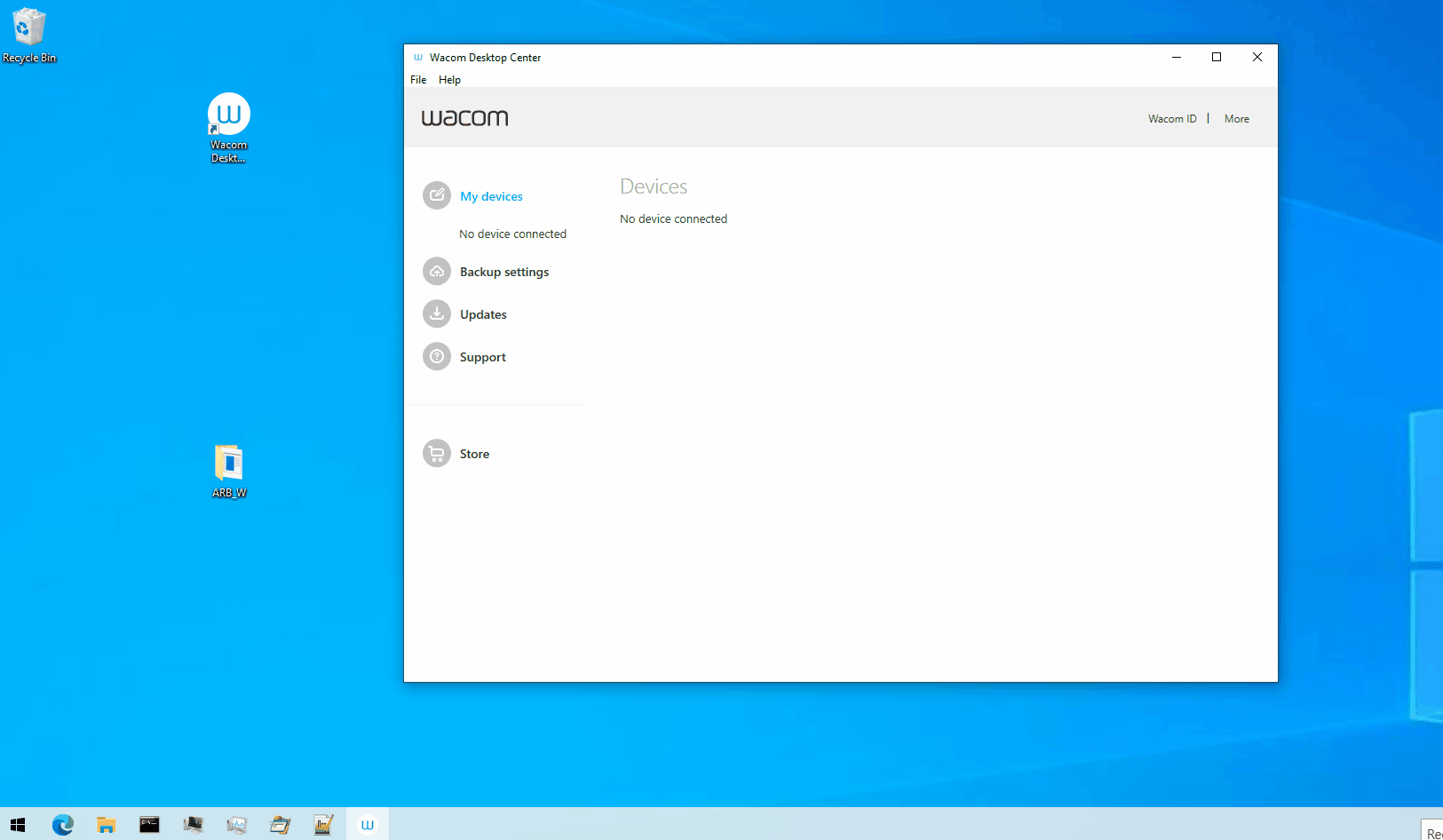- Premise
- Why another exploit?
- Analyzing /hex parameter
- From /hex parameter to Arbitrary File Read primitive
- POC - Arbitrary File Read
- From /hex parameter to Arbitrary File Write* primitive
- POC - Arbitrary File Write*
- Two primitives, one exploit
- Final considerations
|

